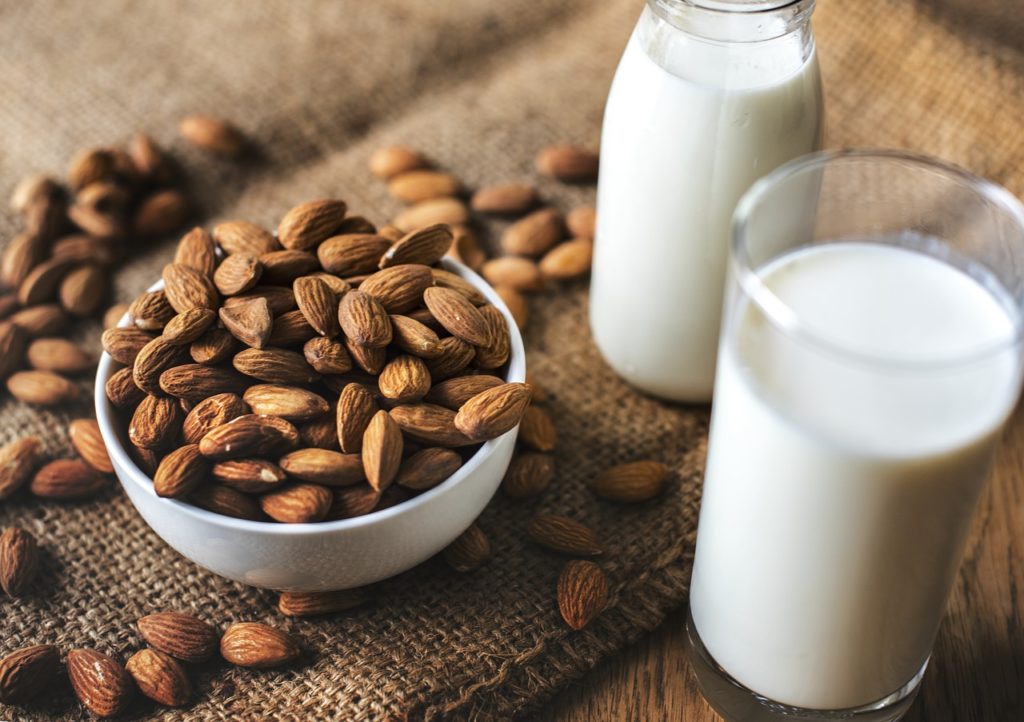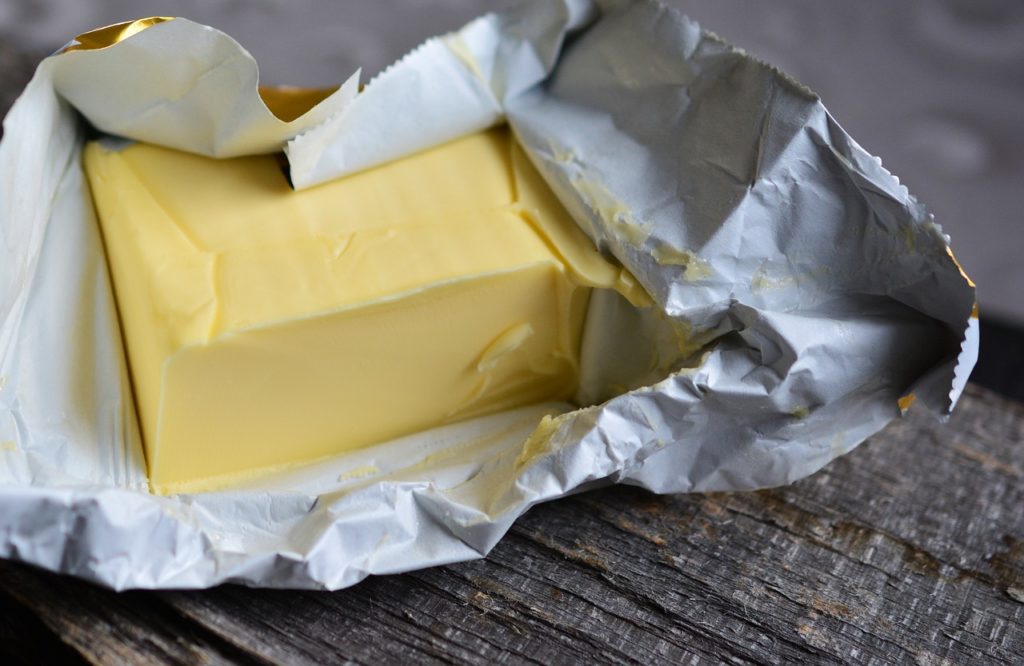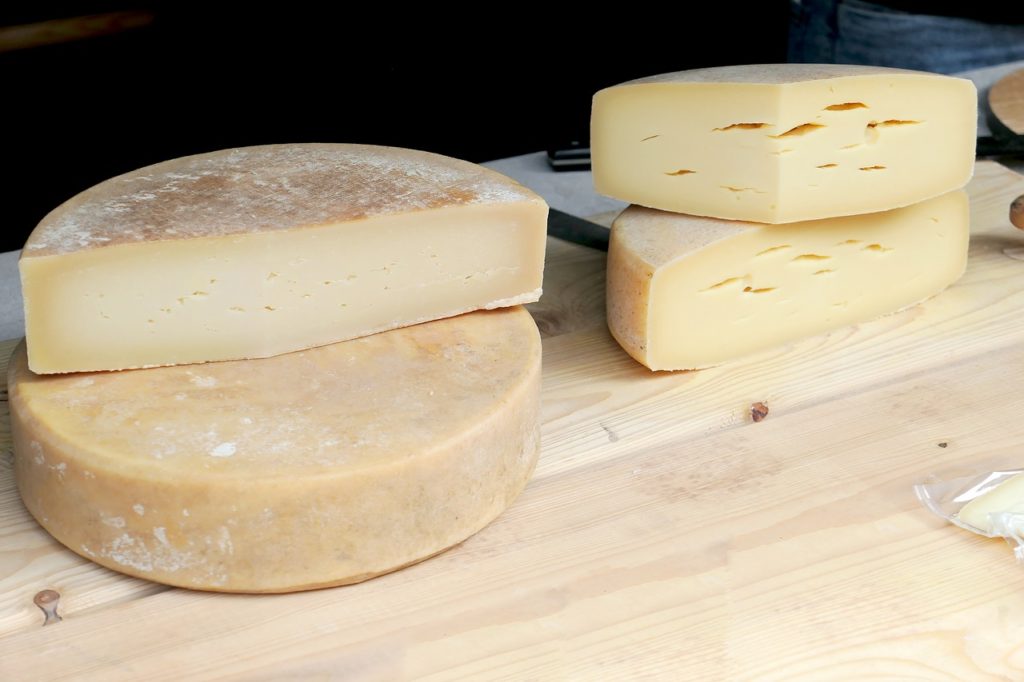
If dairy products leave you with digestive upset including nausea, vomiting, and diarrhea, you aren’t alone. A report from the National Institutes of Health shows 75% of the world’s population is lactose intolerant. Science shows children’s bodies are equipped with an enzyme called lactase which breaks down the lactose in their mother’s milk. As children move into adulthood, many lose this enzyme leaving them unable to comfortably digest dairy products.
Luckily, grocery store shelves are filled with dairy alternatives to sweeten your coffee, pour over your cereal or substitute in recipes. Whether you’re lactose intolerant or have chosen to live dairy free as part of a vegan or paleo lifestyle, the most important step in choosing a dairy alternative is to consider the nutritional benefits.
One cup of milk contains:
- 146 calories
- 8 grams of fat
- 8 grams of protein
- 13 grams of carbohydrates
Luckily most dairy alternatives are lower in calories, but they do not offer the same amount of protein. When you’re checking out the nutritional label of any dairy alternative, look for:
- At least 7-8 grams of protein
- The words “unsweetened” or “0 grams added sugar”
- Fortified with calcium and vitamin D
- Low amounts of saturated fats
- Less than 140 mg of sodium per cup
Milk Substitutions

One of the most common dairy alternatives is soy milk. It contains almost as much protein as cow’s milk with fewer calories and fat content. It may have an odd taste for those making the switch. Try several brands, and check the nutritional information, before deciding it isn’t for you though.
Another popular alternative now is almond milk. With around 30-35 calories per cup, this option has much fewer calories than cow’s milk but it also contains only 1 g of protein. Almond milk may be used as a substitute in coffee and baked goods. Although almonds are known for their high concentration of protein and fiber, almond milk is often a watered-down variety of whole almonds. To receive the most nutritional benefit from almond milk, look for varieties with higher almond content, 7-15%.
Coffee drinkers looking for an alternative to dairy creamers find coconut milk a creamy, rich choice. With 45 calories per cup, 4 g of fat and 0 protein or carbohydrates, it’s a great option for those wishing to cut calories. If you’re looking to keep or increase your protein intake, however, you’ll need to keep looking.
In addition to these popular substitutions, you’ll also find rice milk, oat milk, hemp milk, flax milk, cashew milk, and tiger nut milk in some specialty stores as alternatives to dairy. As mentioned above look at the nutritional values before snatching one off the shelf. Each has its pros and cons.
Butter Alternatives

Good news for those who enjoy butter, this dairy product has a very low lactose level! Because of the way it’s produced, it has a low liquid level which is where lactose is contained in milk. If you’re still sure you want to substitute butter, we do have a few ideas for you.
Margarine is the top contender for replacing butter in recipes, but other options may fit the bill even better depending on your nutritional needs and your recipe.
Olive oil can effectively replace butter when sauteing foods. Coconut oil can be substituted in a 1:1 ratio for butter in most recipes although it may add a slightly sweeter flavor than butter.
A ripe avocado or banana can also be substituted for butter in baked recipes.
Cheese

Similar to butter, hard cheeses contain much lower levels of lactose than a glass of milk. Aged cheeses have even lower levels of lactose. Soft cheese such as cottage cheese, mozzarella, and Brie do have higher levels of lactose than hard cheeses, but may not cause symptoms in small portions.
Ice Cream

What summer vacation would be complete with a little ice cream? You don’t have to completely give up frozen desserts because of lactose intolerance. Many brands offer lactose-free ice cream and sorbet contains no dairy.
If you’re looking for ways to eat healthier, schedule a visit with one of our providers to talk about your health and nutrition.





Speak Your Mind